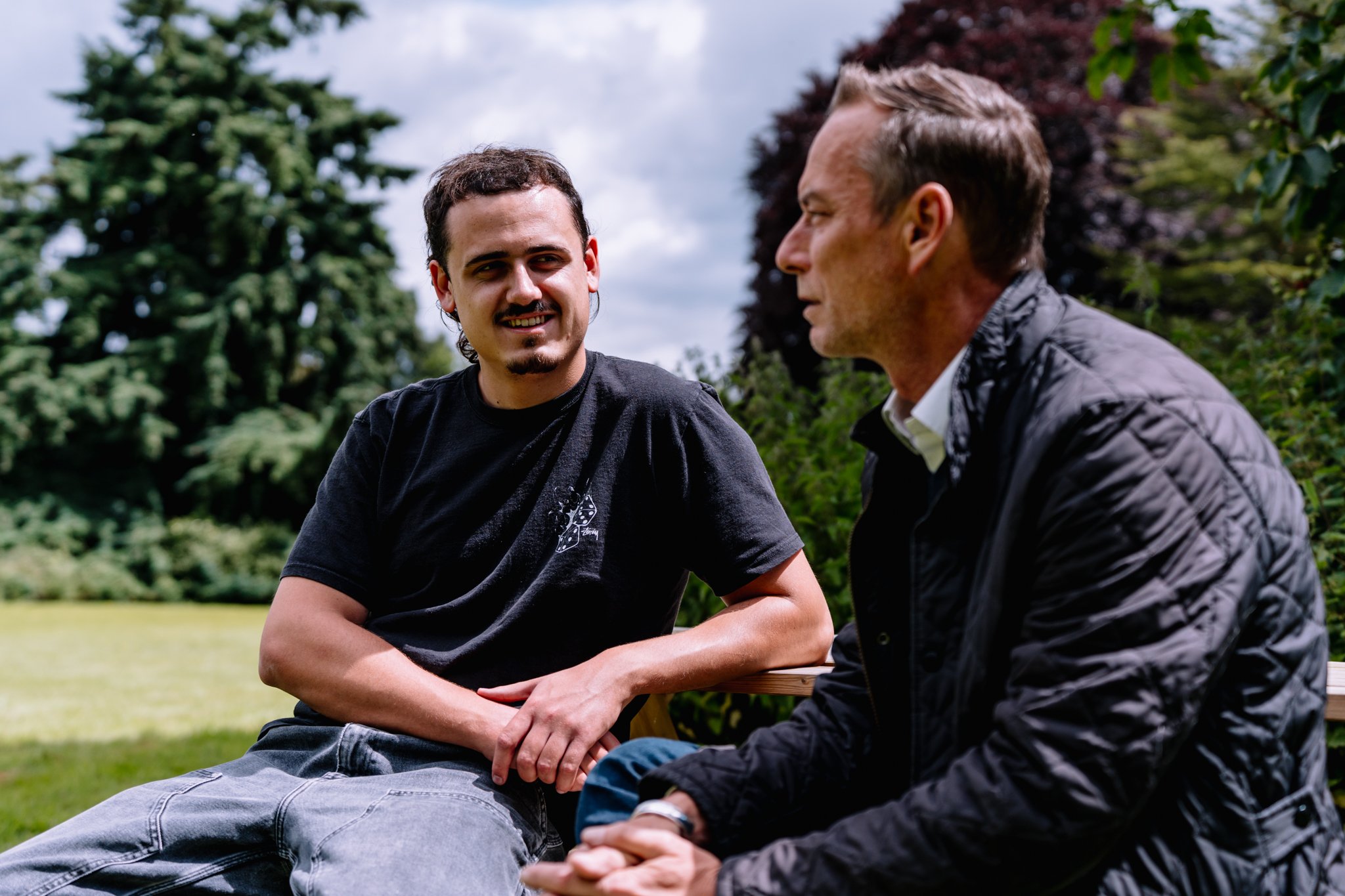Pinehill Hospital Specialists
-
Mr Minhal Chatoo
Mr Minhal Chatoo is a Consultant Orthopaedic Surgeon in Hertfordshire who specialises in knee surgery.
Read more -
Mr Sachin Daivajna
Mr Daivajna is a Consultant Orthopaedic Surgeon specialising in hip and knee surgery.
Read more -
Mr Nick de Roeck
Mr Nick de Roeck is a Consultant Orthopaedic Surgeon, Pinehill Hospital, Hitchin, Hertfordshire and specialises in hip and knee surgery.
Read more -
Mr Stephen Tai
Mr Stephen Tai is a Consultant Orthopaedic and Trauma Surgeon in Hitchin, Hertfordshire who specialises in hip and knee surgery, and trauma injuries
Read more -
Mr Raj Thakrar
Mr Raj Thakrar is a Consultant Knee and Trauma Orthopaedic Surgeon in Hertfordshire
Read more


